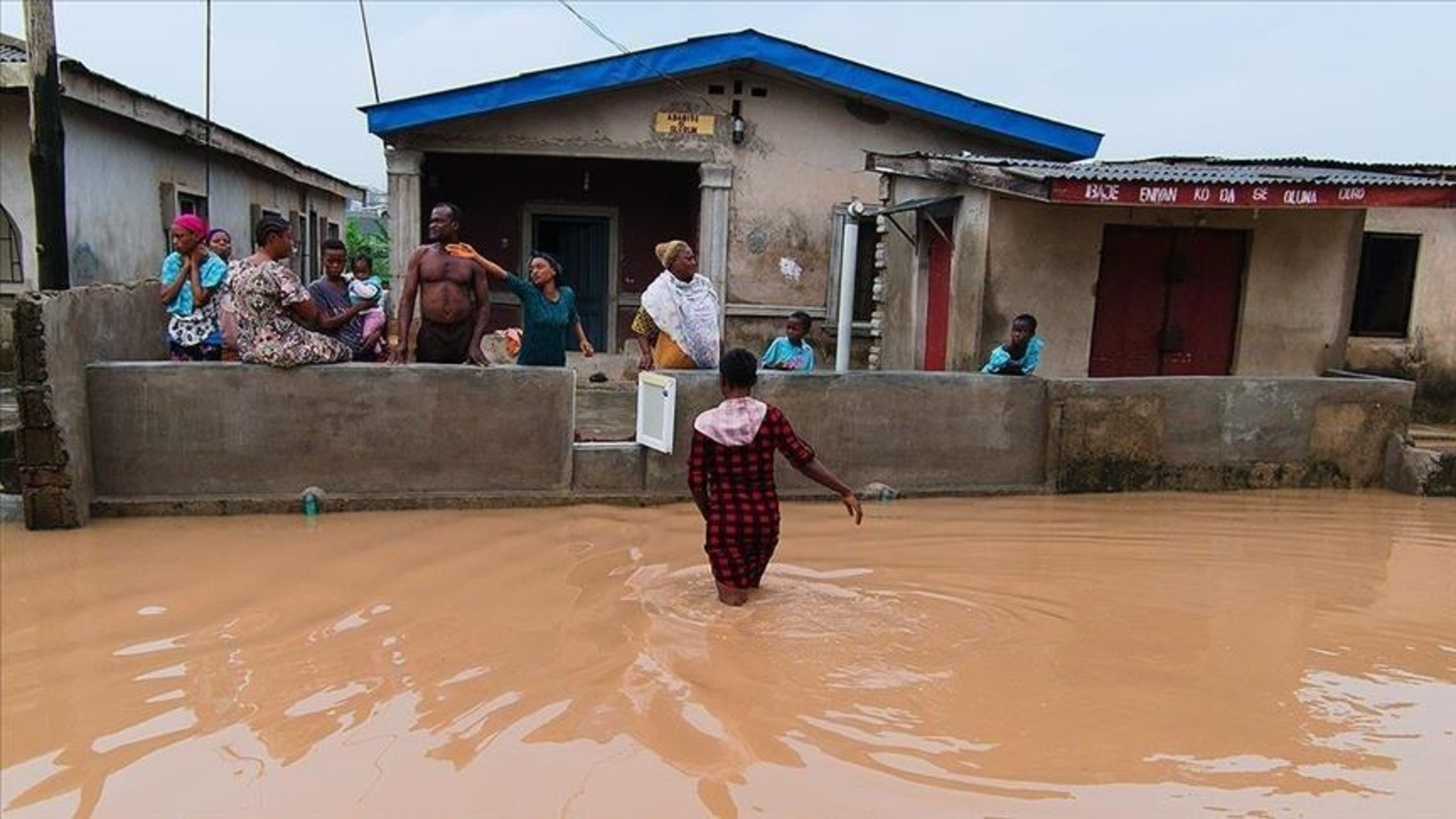
Authorities in Nigeria have issued warnings for potential flooding across 11 states after Cameroon announced the regulated release of water from its Lagdo dam due to heavy rainfall in West and Central Africa. Umar Mohammed, the Director-General of the Nigeria Hydrological Services Agency (NHSA), stated that the release would be gradual to prevent severe flooding downstream in Nigeria, aiming to avoid the devastation seen in previous years.
The gradual release is expected to increase to 1,000 cubic meters per second over the next week, as water flows from the upstream Garoua River into the Lagdo reservoir and then into the Benue River, which runs through both countries. In 2022, a similar release caused catastrophic flooding in Nigeria, resulting in over 600 deaths and an estimated $9 billion in damages.
Cameroon notified the NHSA on Tuesday about the controlled release, but as of Wednesday morning, the dam had not yet been opened, according to Cameroon’s utility company ENEO, which manages the dam. This alert follows a recent disaster in Maiduguri, northeastern Nigeria, where torrential rains caused the collapse of a nearby dam. The incident led to widespread destruction, including the collapse of a bridge and the release of wild animals into the city, along with the escape of more than 200 inmates from a local prison. The official death toll stands at 38, though locals fear it may be higher.
The floods have also disrupted humanitarian efforts. One of the International Rescue Committee’s (IRC) nutrition centers was cut off, leading to the evacuation of 26 children, according to the IRC’s country director, Babatunde Ojei. The flooding crisis in Maiduguri, already ravaged by the Boko Haram insurgency since 2009, has added a new layer of suffering for the local population. Residents like Aisha Aliyu, now staying in a temporary camp, expressed deep despair over the situation, highlighting the profound impact on the community.
Amid the crisis, President Bola Tinubu expressed hope for divine intervention, attributing part of the problem to environmental challenges and climate change. Earlier this year, Nigeria’s hydrological agency warned of a potential national disaster, forecasting floods in up to 29 of Nigeria’s 36 states. Aid workers have reported that 1.3 million hectares of land, half of which is cropland, have already been submerged by floods.
The worsening situation is part of a global pattern of climate change-induced extreme weather, with increased rainfall and flooding becoming more common due to warmer air holding more moisture. This environmental shift, combined with human factors such as inadequate flood defenses and land use, has exacerbated the challenges faced by vulnerable communities in regions like Nigeria.
Also read: Flooding In Nigeria Leads To Mass Prison Escape, 274 Inmates At Large
In addition to immediate physical dangers, there are rising health concerns. In Gubio, one of the camps for displaced persons, suspected cholera cases have been reported. If confirmed, an outbreak could pose a severe risk to many children, already vulnerable due to existing health issues like diarrhea and malaria, adding to the humanitarian crisis in the region.















